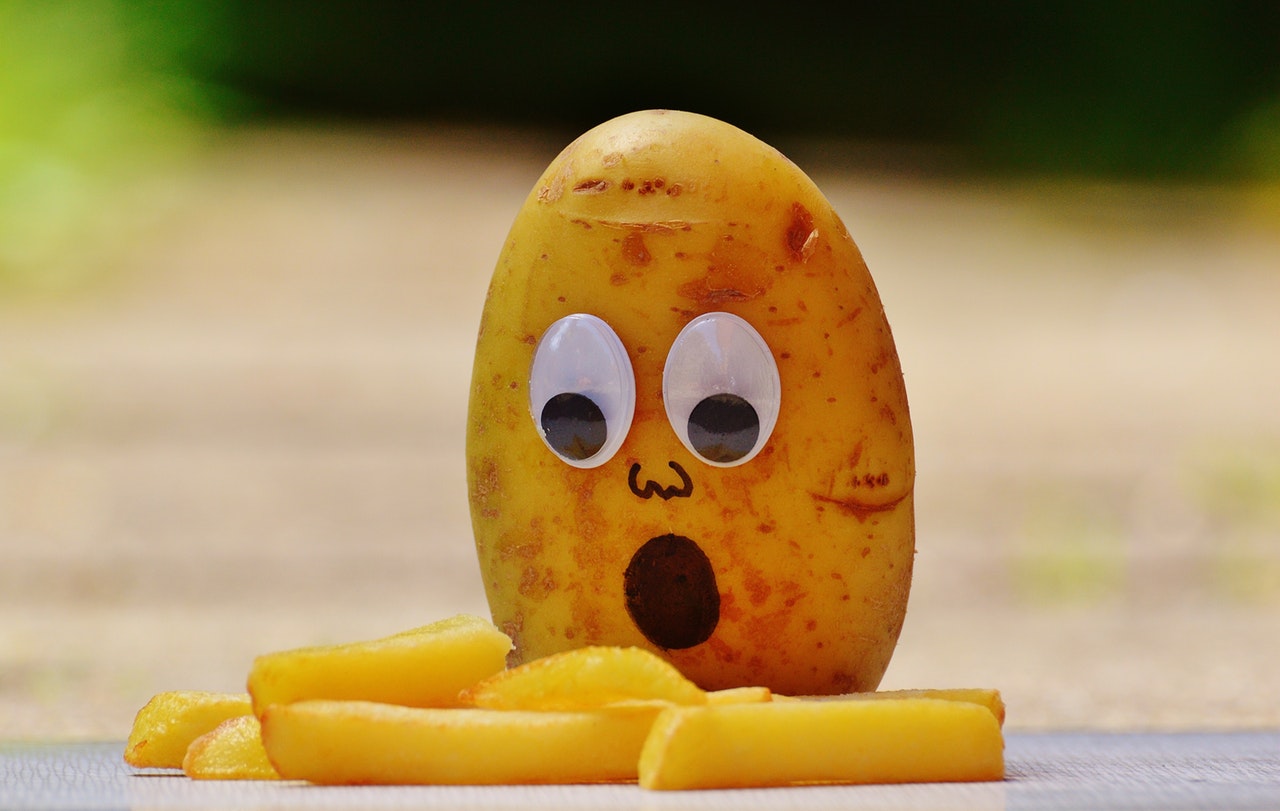
25 Jul Breaking Down the Pros and Cons of the 10 Trendiest Diets
So how do you eat? First rule, and maybe the only rule: Just. Eat. Real. Food. Let’s look at popular diet trends and see what might work for you. Your appetite can guide you, as long as you only eat healthy, whole, unprocessed, real food. Nature didn’t give you an appetite for no reason.
Here are some guidelines for choosing what to eat. Remember every diet has pluses and minuses.
Paleo–The biggest plus is it emphasizes real food. Processed food is the enemy. The minus is that macronutrients can be a bit skewed, as people can end up too low carb, too low fat, or too high protein. Aim for your proper balance.
Vegetarian, vegan--The plus is the emphasis on vegetables. Most people need more of these. The minus is that most people thrive with some animal products, so I find vegetarian safer, and easier, than vegan.
Keto–We have been too low in fat for way too long, with little evidence to support eating that way. This makes up for lost time, and can be healing and often leads to weight loss. The minus is it can be challenging and stressful if not done properly, and some people, like pregnant women, should not go keto.
Ethnic, Mediterranean–It’s good that eating, say, Thai food or Mediterranean can get people to try different healthy foods, herbs, and spices. However, we all have a varied ancestry and genetics, plus different lifestyles. So your own ethnic background may offer better guidance for picking a cuisine.
Programs for weight loss–I don’t know if these have a plus. Any weight loss realized is usually temporary and results in muscle loss and cravings, not to mention the pounds will quickly return. Many encourage or sell shakes and bars that have plenty sugar and chemicals in them. That’s probably what got you overweight in the first place.
Raw–That means plenty vegetables, fruits, and salads so that’s a yes. The caution is that raw foods are difficult to digest. You may not derive all the possible nutrients from them. Cooked foods are easier to digest, like soups, stews, and fruit compotes. They are especially useful for people in need of gut healing.
Fish–You can’t beat salmon. It’s so full of healthy omega 3 fats. The bad side is mercury in the larger fish like tuna and swordfish. And farm-raised fish is full of antibiotics, hormones, and other things that turn what could be a healthy food into something to be avoided.
Gluten free–The gluten molecule is difficult to digest, and many people are sensitive to gluten, or even celiac. It’s also linked to mood issues. But many gluten free foods are processed junk foods. Anything refined, with gluten or not, is not going to be good for health. Try real foods that are naturally gluten free like quinoa or rice.
Local, farm to table–Excellent way to maximize the nutrients in produce. The longer the time since a vegetable is harvested, the more nutrients are lost. Frozen food and canned food have a loss of nutrients too. The only downside is that plenty good food that could really add to your diet is not available locally year round in your area.
Intermittent fasting–Newer research is showing that not eating can be good for your weight and good for your health. The downside is that it’s not for everybody (like pregnant women), and it can be overdone, resulting in stress on the body. It’s usually more difficult for women than men. If you try it, start slowly, such as having a three hour gap between dinner and bedtime, so breakfast is about 12 hours after your last meal.
Do you know how to eat for you? Let me help. I’ll listen to your preferences and cravings. We’ll find healthy food you want to eat. I’m Nationally Board Certified and I’m a Functional Medicine Certified Health Coach. Contact me.
Comments: Share how you eat. Which diet trend best describes your style?
Dr. Mercola Nutrition Plan
Chris Kresser Paleo Myths
Dr. Hyman What the Heck Should I Eat?
This article is for information purposes only. See Disclaimer below.



No Comments